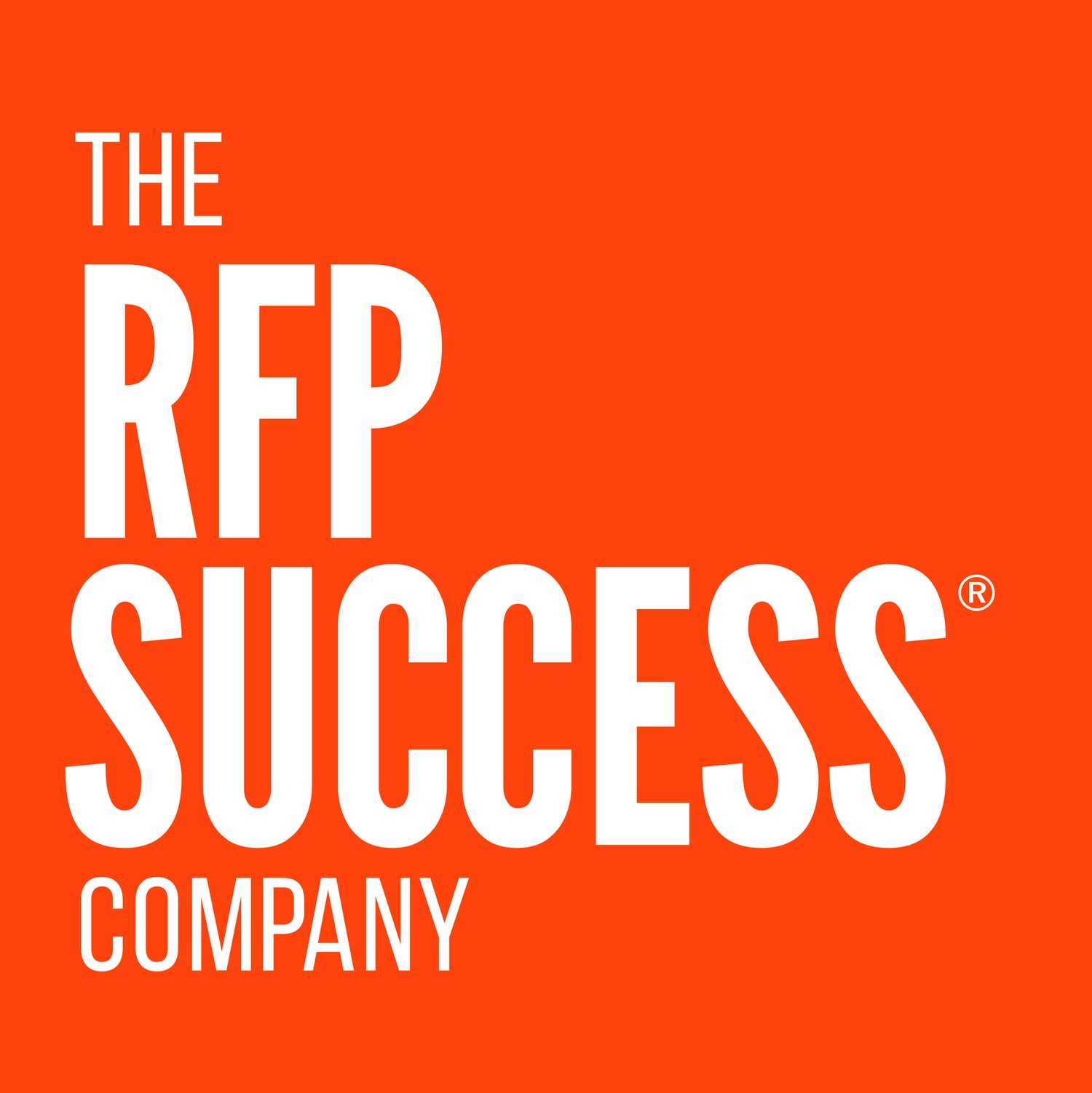Nailing Rfp Evaluation: From Start To Finish
In the world of procurement, Request for Proposals (RFPs) play a crucial role in selecting vendors and suppliers. However, evaluating RFPs can be a complex and time-consuming process.
According to a recent survey, 78% of procurement professionals struggle with effectively evaluating proposals. To address this challenge, this article aims to provide a comprehensive guide on how to master the art of RFP evaluation from start to finish.
By understanding the purpose, criteria, and requirements of an RFP and implementing a clear evaluation process, readers will gain valuable insights into conducting fair and objective evaluations that lead to informed decisions.
Key Takeaways
• Thoroughly review objectives, scope, and desired outcomes of the RFP
• Establish clear evaluation criteria linked to RFP requirements
• Set aside personal biases for unbiased assessment
• Provide detailed feedback and recommendations for improvement
Understand the Purpose of the RFP
The purpose of the RFP should be clearly understood in order to effectively evaluate its contents. It is important to recognize that the RFP serves as a formal invitation for vendors to submit proposals that address specific needs and requirements.
By comprehending the purpose, evaluators can ensure that they focus on the key aspects during their evaluation process. Understanding the purpose also allows for a thorough analysis of whether or not the RFP meets its intended goals. This involves carefully reviewing the objectives, scope, and desired outcomes outlined in the document.
Additionally, recognizing the importance of this understanding enables evaluators to identify any potential benefits that may arise from successful proposal submissions. Consequently, by comprehending and appreciating these aspects, evaluators can move on to reviewing the RFP criteria and requirements with clarity and confidence.
Review the RFP Criteria and Requirements
Reviewing the criteria and requirements of an RFP is crucial for conducting a comprehensive evaluation. Evaluating proposals requires a thorough understanding of the evaluation criteria established by the organization issuing the RFP. These criteria serve as guidelines to assess the suitability and quality of proposals submitted by potential vendors or contractors.
It is essential to carefully review each criterion and identify any specific proposal requirements outlined in the RFP documents. This step ensures that all proposals are evaluated fairly based on predetermined standards, eliminating any bias or subjective judgments during the evaluation process.
Understanding and adhering to these criteria and requirements helps maintain objectivity, consistency, and transparency throughout the evaluation process. By thoroughly reviewing these elements, evaluators can develop a clear evaluation process that aligns with the organization's goals and objectives without compromising fairness or integrity.
Develop a Clear Evaluation Process
Developing a clear evaluation process is essential for ensuring a fair and systematic assessment of proposals in alignment with the organization's objectives and criteria.
To achieve this, it is crucial to establish clear evaluation criteria that are directly linked to the requirements outlined in the Request for Proposal (RFP). These criteria should be specific, measurable, achievable, relevant, and time-bound (SMART) to enable an objective assessment of each proposal.
Moreover, an effective scoring system needs to be developed which assigns weightage to different evaluation criteria based on their importance. This ensures that the evaluation process is comprehensive and allows for a thorough analysis of each proposal.
Additionally, providing evaluators with guidelines or rubrics can help maintain consistency in scoring across different proposals.
By developing a clear evaluation process with well-defined criteria and an effective scoring system, organizations can evaluate proposals fairly and objectively without any bias or ambiguity.
Evaluate Proposals Fairly and Objectively
To ensure a fair and unbiased assessment of proposals, it is important to establish an evaluation process that adheres to clear criteria and utilizes an effective scoring system.
An unbiased assessment requires evaluators to set aside personal biases and base their judgments solely on the merits of the proposals.
This can be achieved by using a standardized scoring system that assigns objective values to different aspects of each proposal, such as relevance, feasibility, and cost-effectiveness.
The use of clear criteria helps evaluators compare proposals consistently and ensures that all relevant factors are taken into consideration.
By following this approach, organizations can minimize subjective influences in the evaluation process and make more informed decisions based on objective evaluations.
Providing detailed feedback and recommendations allows for further improvement in subsequent iterations without compromising the fairness of the evaluation process.
Provide Detailed Feedback and Recommendations
Detailed feedback and recommendations play a crucial role in the evaluation process as they provide valuable insights for improvement and guide subsequent iterations.
When evaluating proposals, it is essential to provide detailed feedback that highlights both strengths and weaknesses. This allows the proposers to understand what aspects of their proposal were successful and which areas need improvement.
Additionally, offering improvement suggestions can help the proposers refine their approach and enhance the overall quality of future submissions.
Furthermore, recommendations should be aligned with the evaluation criteria established at the beginning of the process, ensuring fairness and objectivity.
By providing specific feedback and actionable recommendations, evaluators contribute to a more transparent and effective evaluation process while enabling proposers to enhance their proposals for better chances of success.
Conclusion
In conclusion, nailing the RFP evaluation process requires a deep understanding of its purpose and careful review of the criteria and requirements. Developing a clear and systematic evaluation process is crucial to ensure fairness and objectivity when assessing proposals.
Providing detailed feedback and recommendations helps improve future submissions. By following these steps, organizations can successfully navigate the RFP evaluation journey from start to finish, leading to informed decision-making and successful partnerships.
